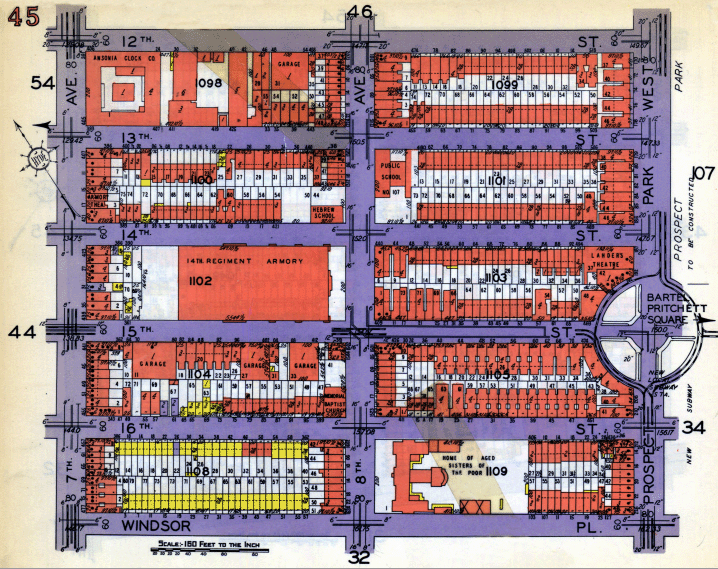The year was 1788 and in France, there was an unusual uprising in the city of Grenoble in France that was the first rumbling of the French Revolution. The lower classes in France were taxed heavily, while the nobility and clergy enjoyed the fruits of their labors–free of taxes. That and the lack of a voice in government made for an angry working class. On 7 June 1788, after the King tried to limit the powers of the Parliament and refused to let members meet, the residents of Grenoble attacked the King’s troops hurling tiles from the roofs of buildings in what is now known as “The Day of the Tiles.â€
In the Southern Hemisphere, eleven ships arrived in Botany Bay in Australia. Known as the First Fleet, these ships carried 759 convicts and guard troops, some with their families, who would be the first European settlers in Australia. Following the American Revolution, Britain had to look elsewhere to transport convicts out of England. That along with overcrowding in British jails led to the creation of the Australian convict settlement. The convicts and the military personnel charged with guarding them endured two very difficult years, with food rationed and scarce, until the arrival of the Second Fleet in 1790.
In the U.S., the new country’s Constitution had been only been ratified by the states of Delaware, Pennsylvania, and New Jersey. In 1788 another eight would follow, and with the ratification of the ninth state (New Hampshire) it went into effect. North Carolina followed in 1789 and Rhode Island became the last state to ratify the Constitution in 1790.Â
On Good Friday morning in New Orleans (March 21), a fire began that would destroy more than eight hundred homes and businesses. It began in the home of the Spanish Treasurer and gale force winds fed it for five hours until it burnt itself out after leaving 80% of the city in ruins.Â
In New York, some young boys playing near the New York Hospital looked into a window and saw a medical student wielding the arm of a corpse who taunted him, saying that it was his mother’s. The distraught child whose mother had coincidentally just died ran home to tell his father. When his father found his wife’s grave had been emptied, a mob gathered and ransacked the hospital. Most of the doctors and students escaped and the few that remained were escorted to jail by the authorities.
The mob continued to search through the night for the doctors and medical students and Governor George Clinton called in the militia, led by Baron Friedrich von Stueben. Founding Fathers, John Jay and Alexander Hamilton were also on hand to try to calm the crowd. They were stoned and John Jay was knocked out with a rock. When von Stueben was hit with a brick, he gave the order to fire and eight of the rioters were killed. The Doctors’ Riot was the first riot in American history, and it didn’t do much to solve the problem. Graverobbing continued to be a lucrative industry in New York and elsewhere until the mid-1800s.
Click here for a printer friendly version of this article.






